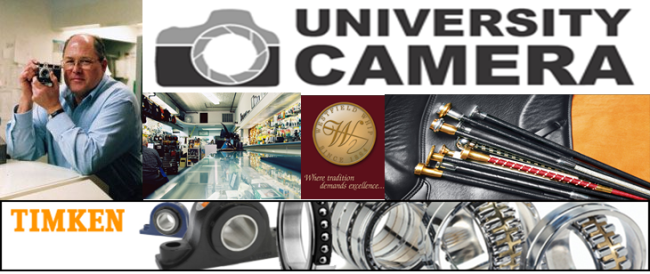How have hotels changed in the last 100 years? How about taxis? Not much. But people have changed. I have an MBA student who rents out his couch in the living room of his one bedroom student apartment to visitors and makes $500 a month. Pays for books and groceries! I know one couple who just rented out their entire apartment for a week in NYC and then went on a week-long trip in San Francisco with their entire hotel bill paid for by the renters in NYC. In both cases, Airbnb, was the broker that brought landlord and renters together. Uber brings car and driver together with passengers. What enabled these and similar sharing opportunities?
Complacency and loss of flexibility. The dynamics of the free market incentivizes entrepreneurs to enter the market when an unfulfilled need is perceived and if the entrepreneurs can create a solution to satisfy that need. If they guess right, they become profitable, grow, and become the kingly standards of their industry. As oligopolistic giants of their industry, there are few challengers to force substantive innovation and little incentive to obsolete the platform (brick and mortar, fixed buildings) or lower price (margins are needed to support the platform).
This is the condition that begs for entrepreneurs to enter the market, offer lower priced rooms or entire apartments, more convenient locations, and/or a non-institutional feel. As broker of housing, Airbnb, has no owned inventory of rooms or buildings. As a broker of transportation, Uber has no owned fleet of vehicles. Competing with such entrepreneurs is like competing with a ghost army. Why didn’t members of the hotel industry or taxi industry initiate such innovative business models? Schumpeter used the term “creative destruction,” in his 1942 book, Capitalism, Socialism and Democracy, to describe how successful firms grow large, bureaucratic, and less flexible in the process of innovation. The result is that alert entrepreneurs can create a business that can live in the shadow of the giants and feel relatively safe from competitive retaliation. Will hotels and taxi firms competitively respond to provide the market with what it wants, or will they seek government regulatory competitive protection?



Recent Comments